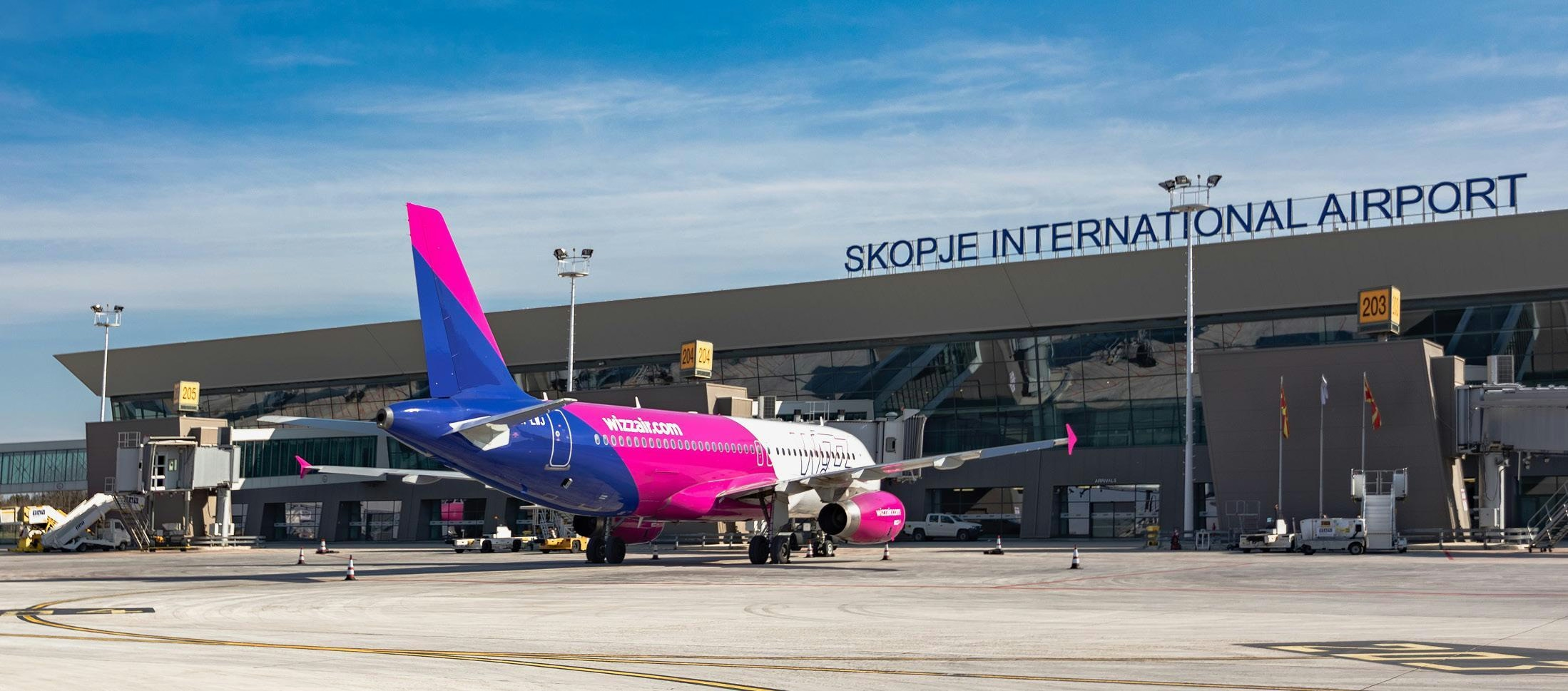
E-mail mais inteligente, negócios mais rápidos. Marque, analise e responda automaticamente a RFQs, cotações, pedidos e muito mais — instantaneamente.
Tendências
Axiom Space Adds Oakley, California Optics Pioneer, To Its NASA Spacesuit Development Effort

Axiom Space Enhances NASA Spacesuit Development with Oakley Optics Expert
Axiom Space has announced a strategic collaboration with a leading optics pioneer based in Oakley, California, to advance its NASA spacesuit development program. This partnership seeks to incorporate state-of-the-art optics technology into next-generation spacesuits, aiming to improve astronaut visibility and safety during space missions.
Strengthening Partnerships and Technological Innovation
This development occurs as Axiom Space continues to deepen its cooperation with NASA and commercial partners, including SpaceX. The company’s spacesuit initiatives form a critical component of broader efforts supporting NASA’s Artemis program and forthcoming commercial spaceflight ventures. Recent adjustments to the launch schedule of Axiom Mission 4, involving multiple reschedulings, underscore the complex and evolving nature of these collaborative projects and the meticulous preparations necessary for mission readiness.
Integrating advanced optics into existing spacesuit frameworks presents significant technical challenges, particularly in ensuring seamless compatibility with current systems while adhering to stringent safety standards essential for human spaceflight. Nevertheless, the involvement of the Oakley-based optics specialist is anticipated to accelerate innovation in helmet visor technology and heads-up displays, both vital for enhancing astronaut performance in the demanding conditions of space.
Implications for the Commercial Space Industry
Industry analysts suggest that Axiom Space’s latest partnership may stimulate heightened interest among other commercial space enterprises aiming to upgrade their spacesuit technologies. This move could also prompt competitors such as ILC Dover and Z-Space to intensify their investments in research and development to sustain a competitive advantage within the rapidly evolving space sector.
As Axiom Space continues its close collaboration with NASA and SpaceX, the integration of cutting-edge optics represents a significant advancement toward creating safer and more capable spacesuits for both governmental and commercial missions. This initiative highlights the increasing significance of public-private partnerships in driving progress in human space exploration.
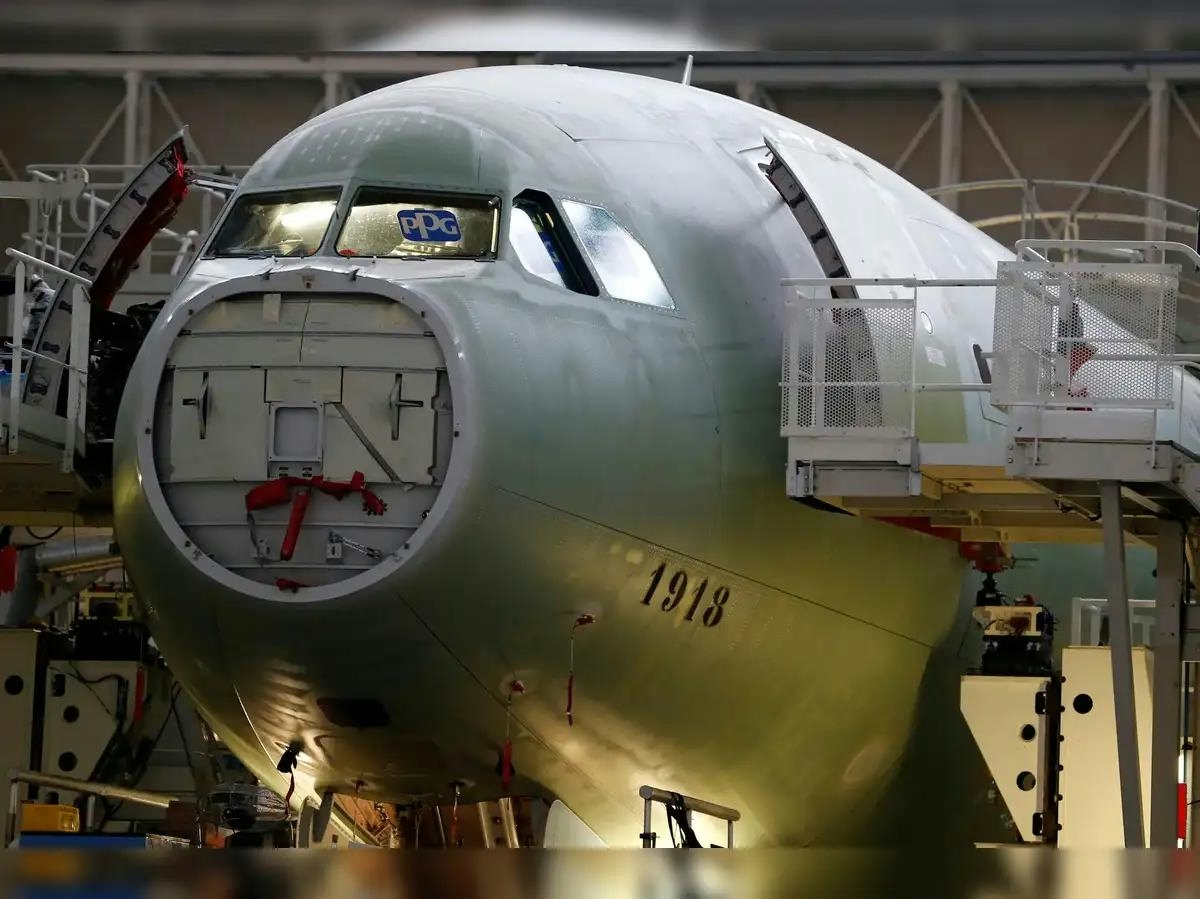
Delta Air Lines Avoids Tariffs by Repurposing Airbus Engines

Preliminary Report Highlights Fuel Switches and AI 171 Crash
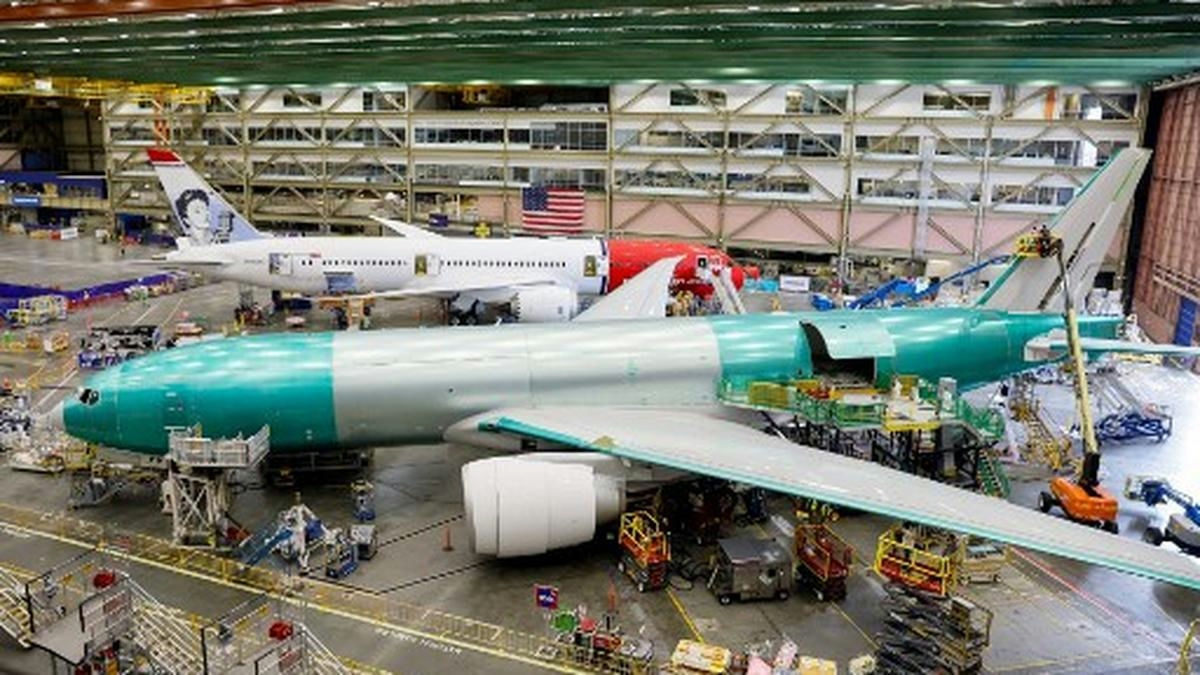
GIFT City Opens $5 Billion Leasing Market for Indian Aviation Sector
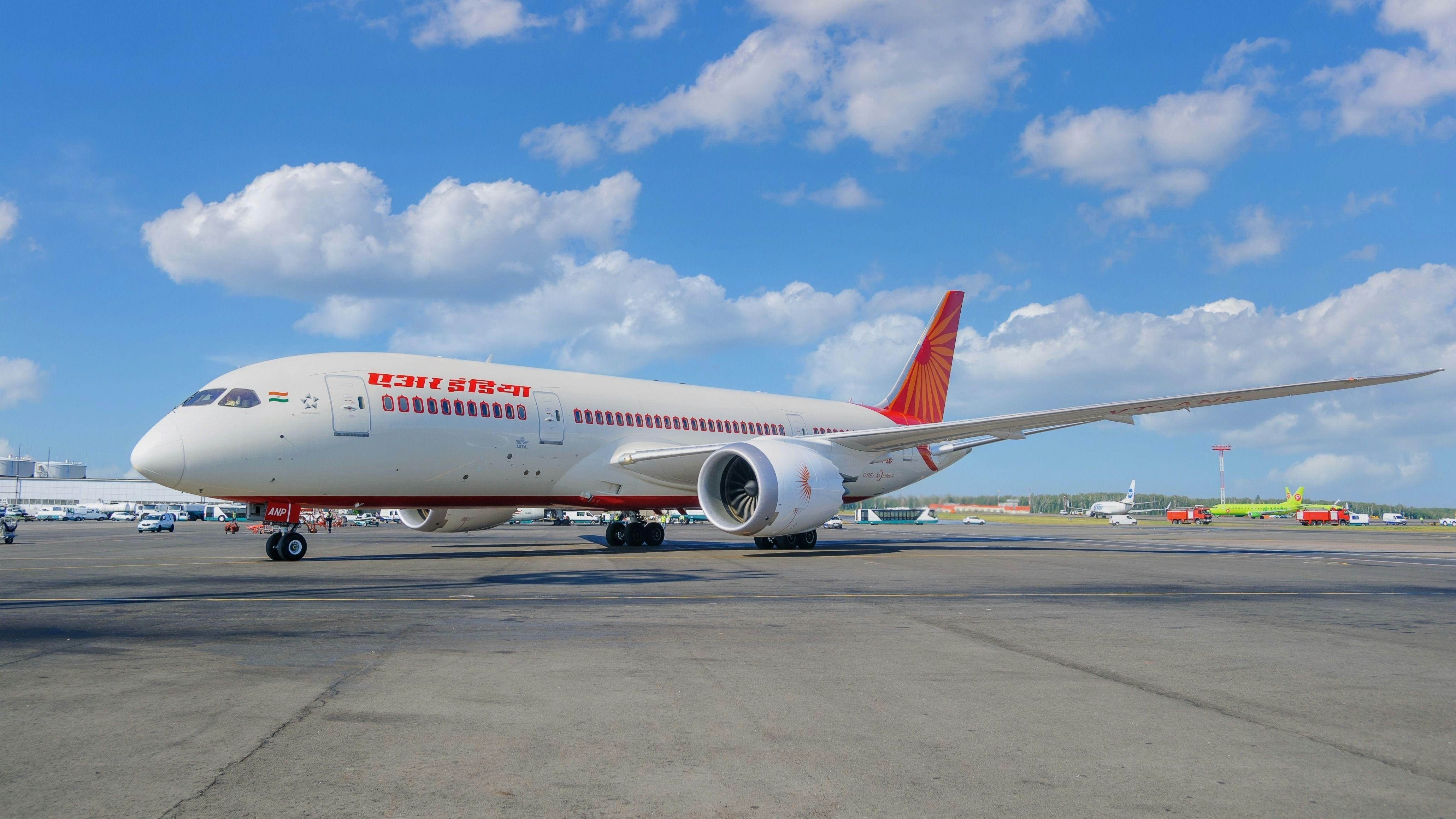
AAIB to Review Additional Evidence in Air India AI171 Crash; No Immediate Boeing 787 Safety Directives
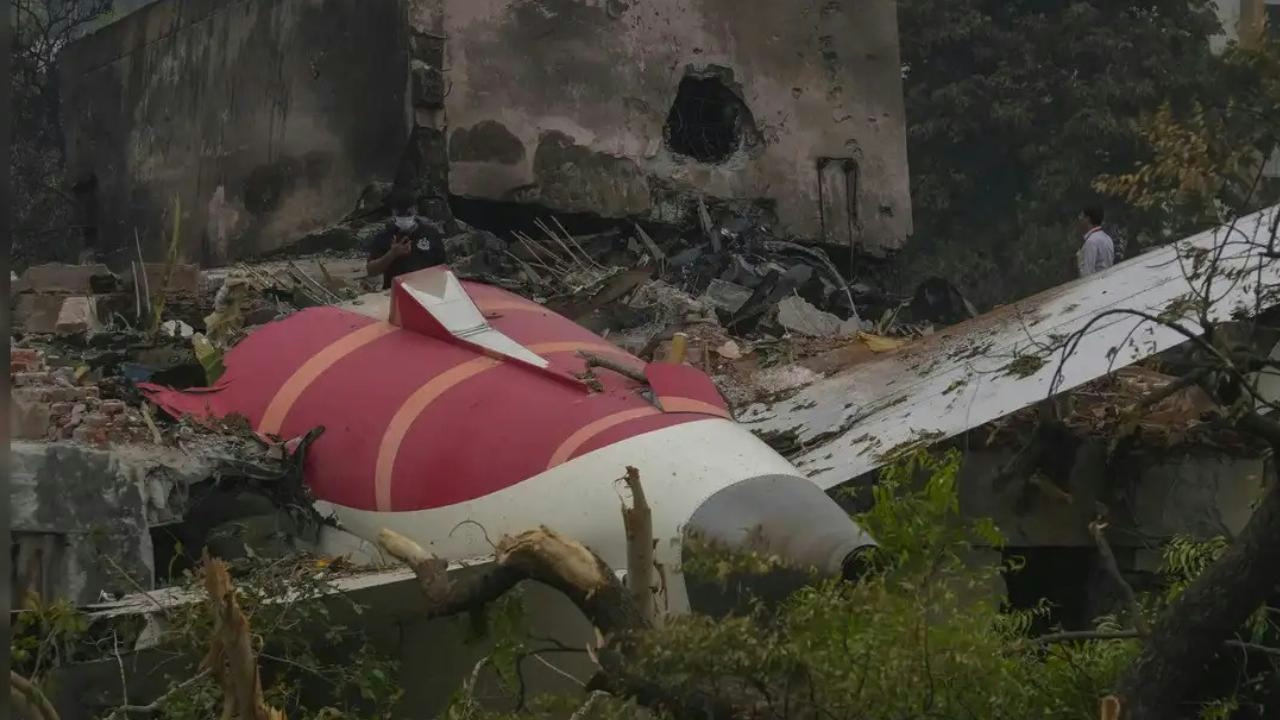
AAIB Releases Full Report on Air India Flight AI171 Crash

Ahmedabad Plane Crash Investigation Finds Both Engines Shut Down Simultaneously
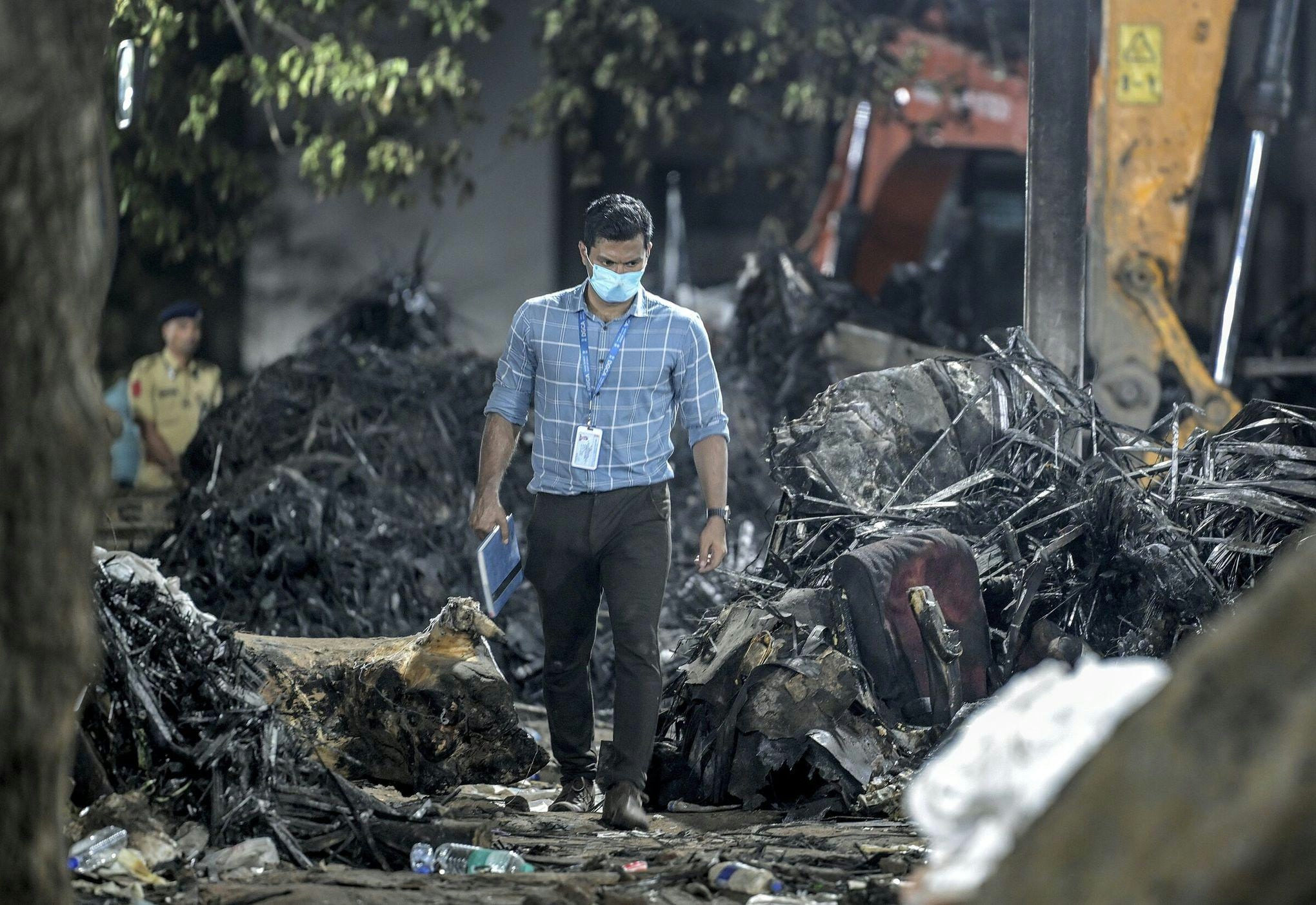
Preliminary Report Released on Air India Crash That Killed 260

IAI Certifies 777-300ERSF for Rolls-Royce Trent 1000 Engines
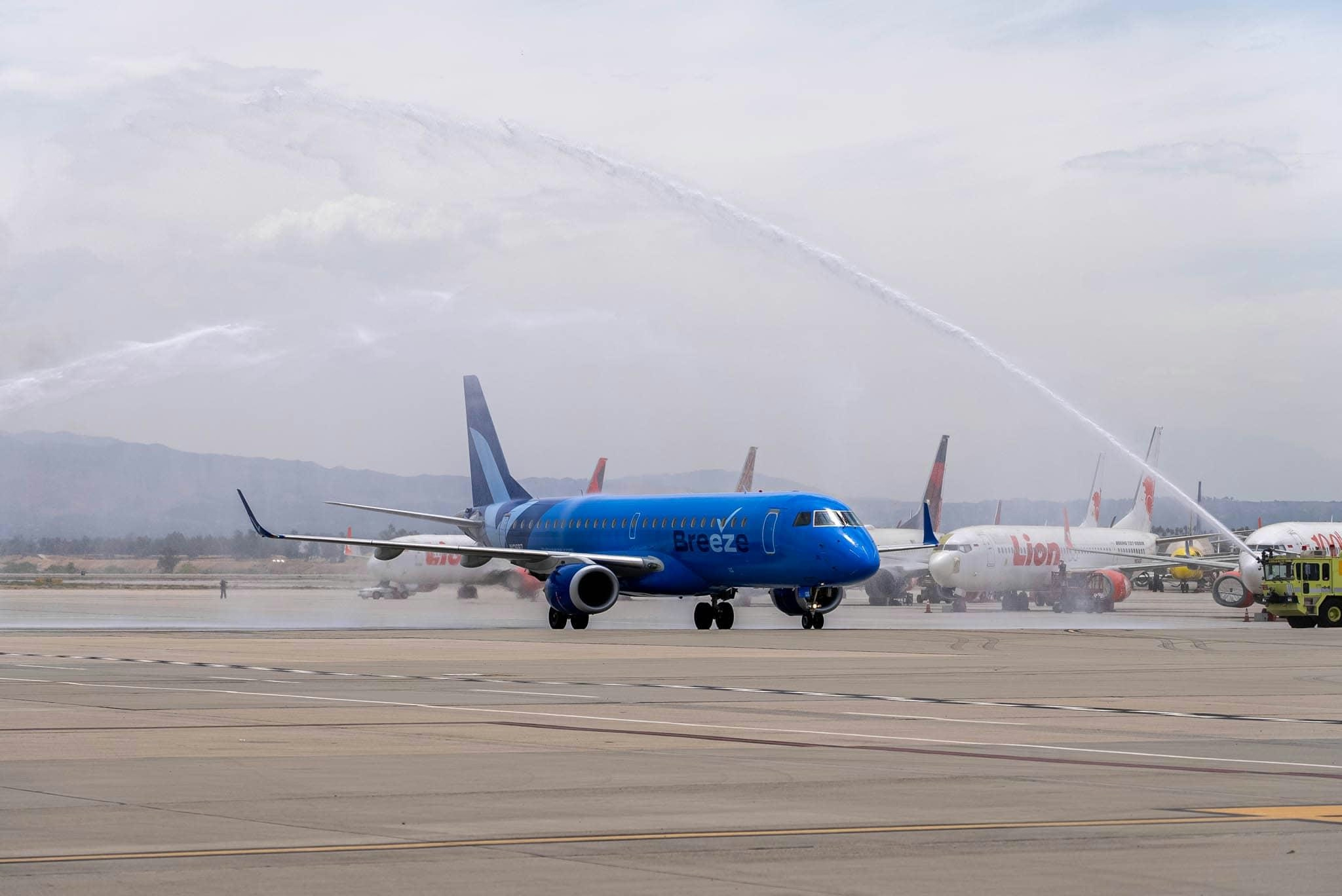
GIFT City Creates $5 Billion Annual Opportunity for Domestic Aviation, Says Naidu
